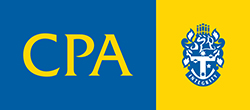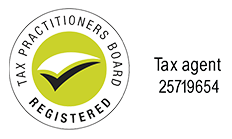Tax Deductible Clothing Checklist
What the ATO describes as “conventional clothing” or “normal clothing” is not tax-deductible. The fact that your employer requires you to wear certain items of conventional clothing does not make them deductible. For instance, if you work in a coffee shop and are required to wear a black T shirt and jeans, the fact that the clothing is “required” does not make it deductible.
You may be able to claim a tax deduction for the costs for certain clothing required by your work. The deduction is for the purchase and if the purchase is deductible, then so will be the repair and laundry of the deductible items.
If your employer gives you an allowance for clothing, you must show the allowance as income on your tax return. But just because you are paid an allowance it does not automatically mean you can claim a deduction for the associated costs.
Deductible clothing can include:
- A corporate wardrobe which identifies the wearer with a particular organisation and usually has a logo.
- If the wardrobe is not compulsory, it will not be deductible unless registered with AusIndustry on the Register of Approved Occupational Clothing.
- A work uniform such as those worn by members of the defence forces or police.
- Protective clothing – clothes and footwear you must wear to protect yourself while you are working, for example, steel-cap boots, fire-resistant clothing, etc.
- Occupation-specific clothing – is clothing which is specific to a particular occupation and easily recognised as such, for example, a chef’s checked pants.
- Outdoor workers are able to claim a deduction for sun protection products such as hats, glasses and sunscreen lotions.








